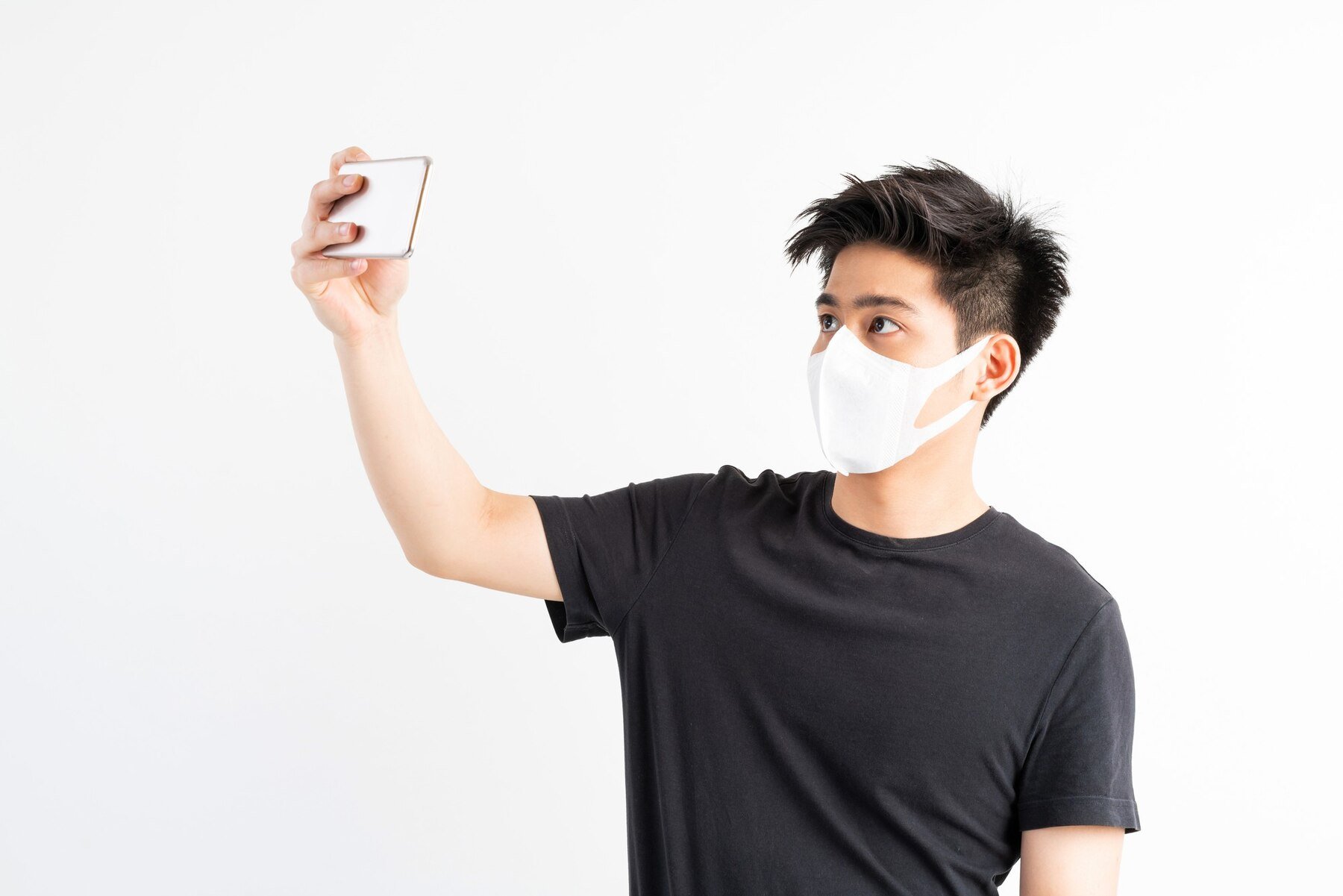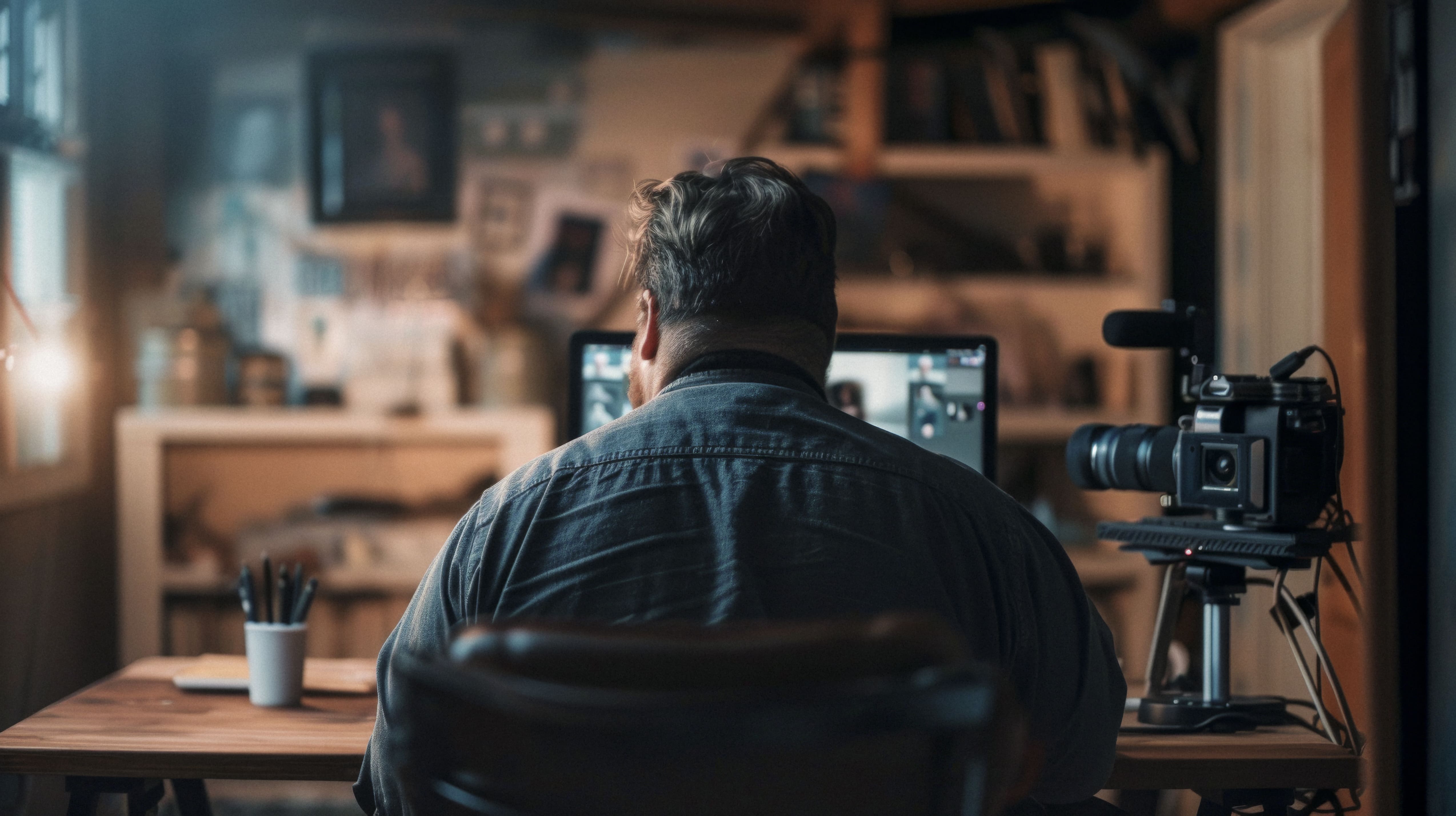In recent years, Indonesia has seen a sharp rise in increasingly sophisticated cybercrimes, especially those involving AI-based fraud. Data shows that deepfake-related fraud cases surged by 1,550% in 2024, with tactics becoming more varied.
One recent example involved AI-generated video manipulation used to fake a digital banking account, where perpetrators successfully bypassed the verification process by exploiting facial spoofing technologies.
As AI and deepfake-based attacks escalate, face verification apps can no longer be underestimated. In fact, VIDA’s data reveals that 84% of businesses in Indonesia experienced identity fraud in the past year, and all of them expressed concern over AI-driven threats due to weak facial verification systems.
So how important is face verification for identity security? Let’s dive in.
What Is a Face Verification App?
A face verification app is a biometric technology-based solution used to ensure that a person attempting to access a digital service is truly the legitimate user. According to the National Institute of Standards and Technology (NIST), facial verification functions by comparing a user's current face with a previously registered face to accurately confirm identity. This technology is widely used in banking, e-commerce, healthcare, and government services to strengthen authentication and prevent identity fraud.
Unlike traditional methods such as passwords or PINs, facial verification relies on unique physical traits that are difficult to forge this is known as biometric data.
The Difference Between Face Verification and Face Recognition
Don't confuse face verification with face recognition. Here’s the distinction:
1. Face Recognition
Simply put, face recognition answers the question: “Who are you?”
It is commonly used for public surveillance, access control, and large-scale security systems.
2. Face Verification
On the other hand, face verification answers the question: “Are you really who you claim to be?”
In this process, a user’s face is compared against an already registered face to verify their identity. Face verification apps are typically used in digital banking, KYC (Know Your Customer) processes, and financial services.
According to the International Journal of Computer Applications (IJCA), face verification has higher accuracy because it uses one-to-one (1:1) matching—unlike face recognition, which involves one-to-many comparisons.
How Face Verification Apps Work
Face verification apps use biometric technology and AI to ensure that someone accessing a digital service truly matches their registered identity. Here are the main stages of how they work:
1. Facial Image Capture
The user is prompted to take a selfie or undergo a real-time video liveness check using their device’s camera to prove authenticity.
2. Liveness Detection
The system performs liveness analysis to ensure that the face is from a live human, not just a static photo, video, or digital manipulation. It detects natural facial movements—such as blinking or changing expressions—to distinguish between real and spoofed inputs.
3. Biometric Feature Extraction and Analysis
AI algorithms extract biometric traits from the face—such as bone structure, eye distance, jaw shape, and skin texture. These features are converted into a unique digital template.
4. Face Matching
The generated biometric template is then compared against stored face data (e.g., from an electronic ID or initial registration). This 1:1 comparison ensures high-accuracy identity verification.
5. Verification
If the biometric data matches, the system grants access or proceeds with the transaction. If it doesn’t, access is denied and may trigger extra security steps like re-verification or fraud alerts.
6. Protection Against Deepfake and Injection Attacks
VIDA’s face verification app includes anti-spoofing and anti-injection detection, capable of identifying digital manipulation, pre-recorded videos, or AI-generated images used to trick facial verification systems. This is crucial as deepfake fraud becomes more sophisticated and bypasses conventional biometric security.
Through these stages, face verification apps provide much stronger protection for digital identity than traditional methods like passwords or OTP.
Examples of Face Verification Use Cases
Facial verification apps are being increasingly adopted across various sectors. Here are some examples:
1. Banking and Financial Services
Digital banks and fintech companies use facial verification during KYC processes—such as opening a new account or performing high-value transactions—to significantly reduce identity fraud.
Example: Face liveness detection during online account opening.
2. E-Commerce and Online Platforms
Marketplaces and digital platforms use face verification to ensure seller and buyer authenticity, reducing the risk of scams.
Example: Amazon and Alibaba use facial verification to verify seller accounts.
3. Healthcare Sector
Hospitals and telemedicine platforms use facial verification to confirm that the patient registering is truly the one receiving the service.
Example: Online doctor consultation apps like Halodoc in Indonesia use VIDA identity verification to recognize patients.
Advantages of VIDA Face Verification
Here are the key strengths of VIDA’s face verification in addressing digital threats and AI-based fraud in Indonesia:
1. AI-Based Technology to Detect Deepfakes and Fraud
VIDA uses advanced AI to detect and prevent various digital fraud techniques, including deepfakes, social engineering, account takeovers, and document forgery.
2. Liveness Detection and Anti-Spoofing
VIDA integrates liveness detection to confirm that the face belongs to a live human—not a deepfake video or altered image. This is vital for preventing presentation attacks and injection attacks.
3. End-to-End Integration
VIDA’s face verification system can be seamlessly integrated into onboarding, transaction flows, and user authentication processes.
By adopting VIDA’s face verification solution, companies can build customer trust and comply with increasingly strict security regulations, especially in high-risk sectors like finance, fintech, and e-commerce.
Face verification apps have become a critical component of digital identity protection in today’s world. By leveraging unique, hard-to-forge biometrics and supported by liveness detection, they provide a far higher level of security than traditional methods.

.png)


